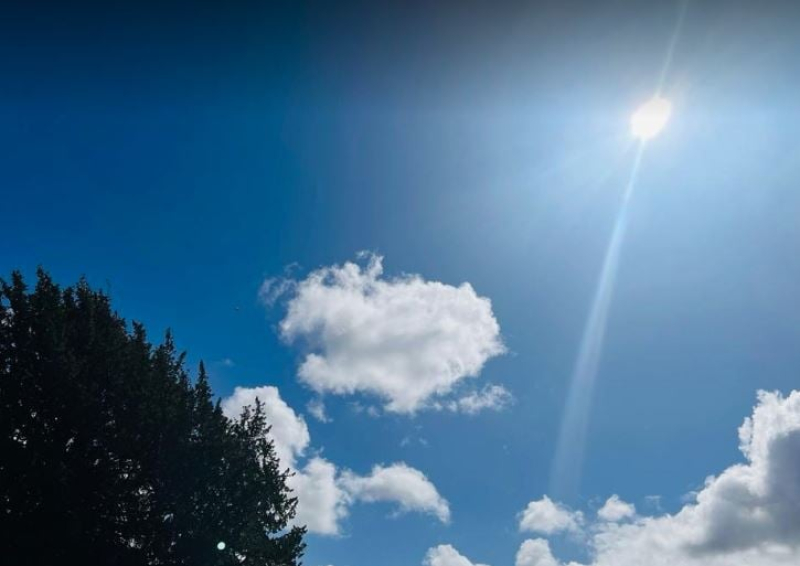- Current crisis and fraying of post-WWII international order |
- Incessant rains over Bangladesh, spark fears of flooding |
- Bangladesh Risks Market Share as US Tariff Deadline Nears |
- UN Chief Calls for Urgent Climate, AI and Global Reform |
- Consensus not to use emergency for political ends: Ali Riaz |
Asia faces worst April heat wave in history

Heat wave sweeping over parts of Bangladesh
A record spring heatwave has gripped many parts of Asia, with Thailand and Laos logging their highest-ever temperatures. Climatologist and weather historian Maximiliano Herrera has described the conditions as the “worst April heatwave in Asian history”.
In India, heat in excess of 44 degrees Celsius has forced schools to close. Writing exclusively for The Third Pole from West Bengal, Aditi Mukherji, lead author of the water chapter in last year’s Intergovernmental Panel on Climate Change Working Group II report, says this is an example of “our children already paying a terrible price for climate change”. Mukherji sets out what governments, civil society and individuals must do to turn the tide, from a rapid transition to renewables, to remembering the moral responsibility of the wealthiest 5% to make responsible consumption decisions.
How does do people across South Asia survive the suffocating heat?
As Nasib Ahsan, a multimedia journalist based in Dhaka, Bangladesh, prepares to film his vlog in the morning of 19 May 2022, the temperature outside is already 30 degrees Celsius. Given the high humidity, it feels much hotter.
Ahsan’s job requires him to travel all over Bangladesh. But on this day, he’s heading into the office. En route, he moves through Dhaka’s traffic jams in scorching heat. People around him are drenched in sweat. Stalls selling sugarcane juice and coconut water offer glimmers of relief, but the price has risen given increased demand.
Ahsan reaches his office overheated and exhausted. His home and office are air-conditioned, but the comfort of cool air does not extend to the streets, nor the many people in Dhaka who work outdoors all day long. Like Ahsan, many in Bangladesh’s hottest cities are struggling.
In 2023, a mild heatwave had already arrived in parts of Bangladesh by mid-March. Last year, temperatures reached 39C in areas of Rajshahi and Syedpur in July, raising concerns over risk to the country’s agriculture. Along with health implications, extreme heatwaves are driving losses in labour productivity worth around USD 6 billion to Dhaka’s economy every year.
Those who suffer the most from heatwaves in South Asia are often vulnerable and low-income groups, who may have less access to cooling, and be less able to withstand the impacts of extreme heat on their health and livelihoods. Many people across Bangladesh, India and Pakistan, who share similarities in climate, society and culture, are in the same boat when it comes to battling heatwaves. And while government guidelines may aim to offer help and guidance, support for the hardest hit is far from enough. – The Third Pole

